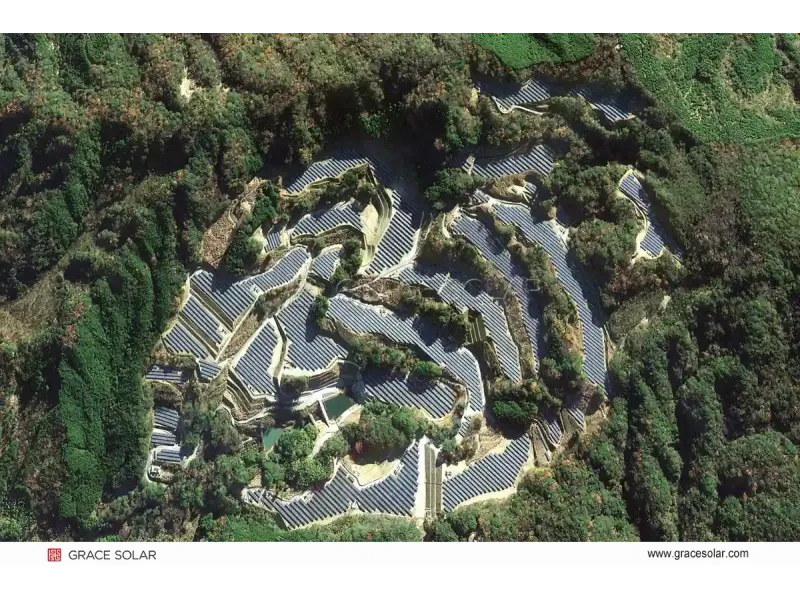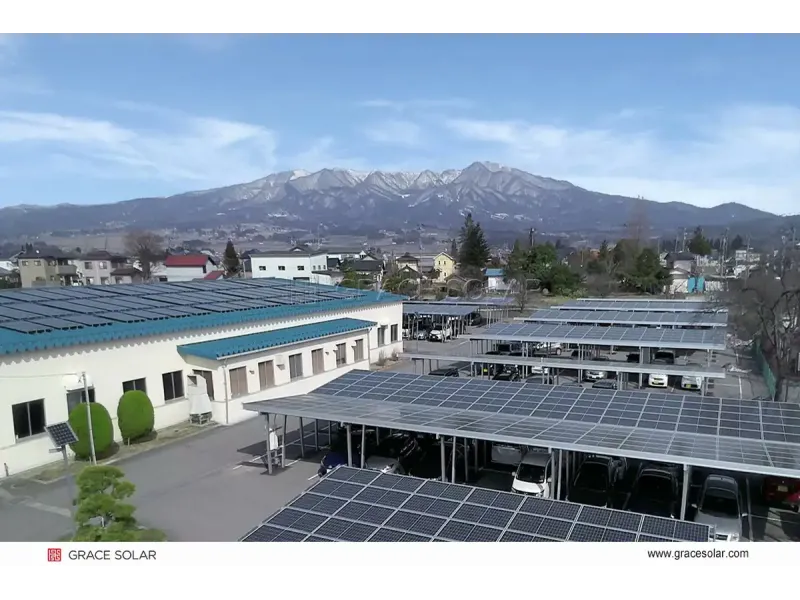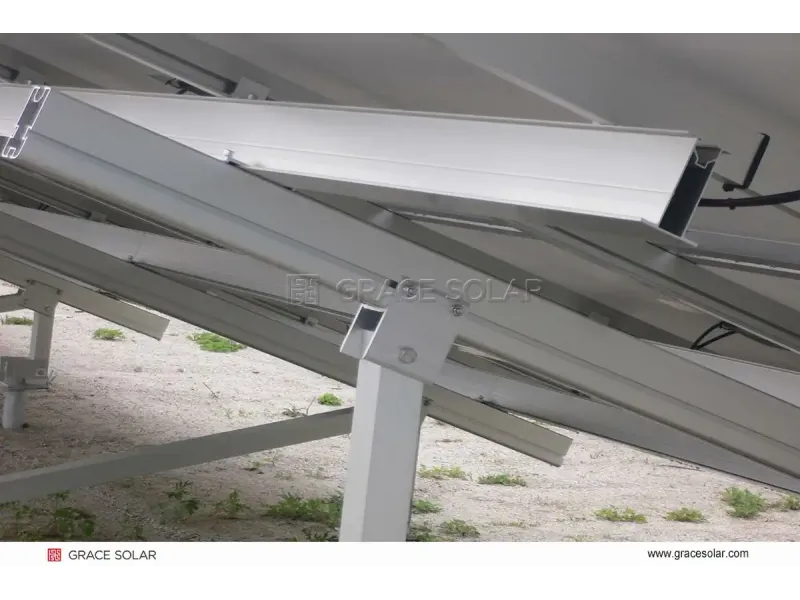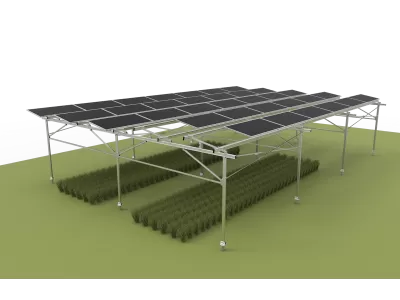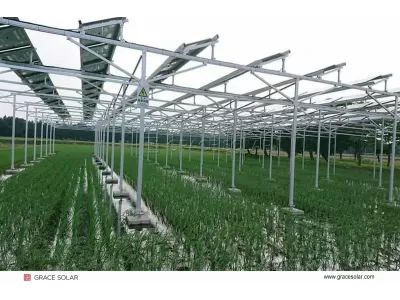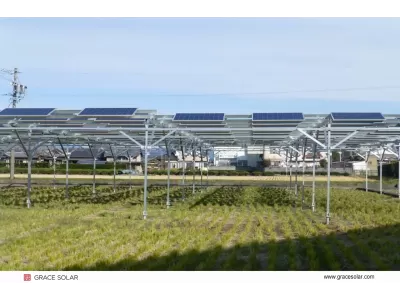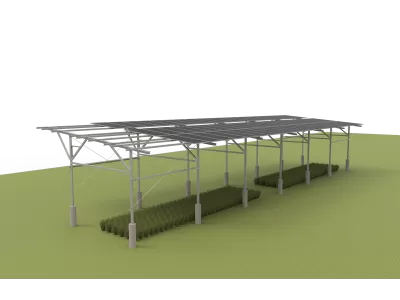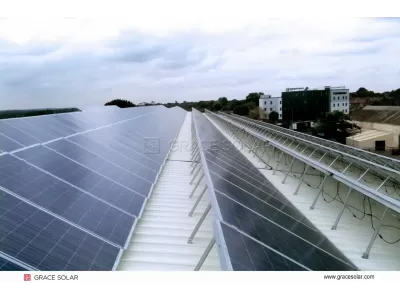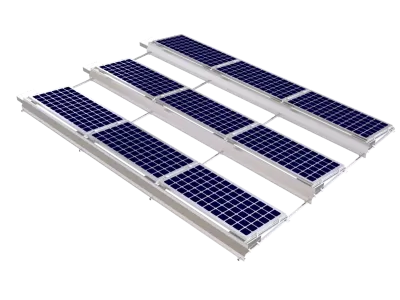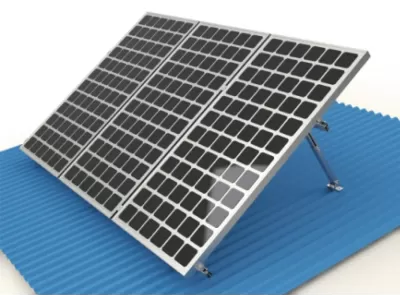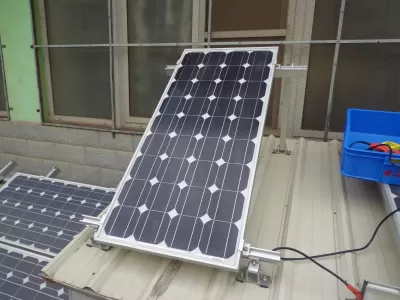
Understanding Solar Farm Lifespan: A Complete Guide
Solar farms represent significant long-term investments in renewable energy. Understanding their operational lifespan, degradation patterns, and maintenance requirements is crucial for maximizing return on investment and ensuring decades of clean energy production.
Table of Contents
Typical Solar Farm Lifespan: What to Expect
Solar farms are designed and built with longevity in mind. The industry standard lifespan for utility-scale solar installations ranges between 25 to 30 years, with many projects continuing to operate effectively beyond this timeframe. This longevity makes solar farms excellent long-term investments in renewable energy infrastructure.
It's important to understand that the 25-30 year benchmark doesn't mean solar panels suddenly stop working after this period. Rather, it represents the point at which most panels will have degraded to approximately 80-87.5% of their original output capacity. Many early solar installations from the 1980s are still operational today, demonstrating the remarkable durability of photovoltaic technology when properly maintained.
Key Takeaway
Solar farms typically operate efficiently for 25-30 years, with many continuing to produce power well beyond this timeframe at reduced capacity.
Understanding Solar Panel Degradation Rates
Solar panel degradation refers to the gradual decrease in power output efficiency over time. The average degradation rate for quality solar panels is approximately 0.5% per year, though this can vary based on panel quality and environmental conditions.
- After 10 years: Panels typically operate at 90-95% of original capacity
- After 20 years: Efficiency decreases to roughly 85-90%
- After 25-30 years: Most panels maintain 80-87.5% of initial output
Higher-tier solar panels often feature slower degradation rates of just 0.3% annually, while lower-quality panels may degrade at 0.8% or more per year. This difference becomes significant over the decades-long operational life of a solar farm.
Key Factors Affecting Solar Farm Lifespan
Several critical factors influence how long a solar farm will remain productive and economically viable. Understanding these elements helps in planning for maximum longevity and return on investment.
Equipment Quality and Manufacturing Standards
The quality of solar panels, mounting systems, and balance-of-system components directly impacts project longevity. Tier One manufacturers typically produce panels with superior durability and slower degradation rates. Similarly, robust mounting systems from experienced providers like Grace Solar ensure structural integrity through decades of exposure to environmental stressors.
Installation Quality and Professional Expertise
Proper installation is crucial for maximizing solar farm lifespan. Incorrect mounting, suboptimal tilt angles, or improper wiring can accelerate degradation and create premature failure points. Working with experienced installers who understand long-term performance considerations ensures your solar farm is optimized for decades of reliable operation.
Environmental Conditions and Climate Impact
Local climate significantly affects solar farm durability. Extreme heat, high humidity, temperature fluctuations, salt mist in coastal areas, and severe weather events all contribute to accelerated degradation. Understanding regional environmental challenges allows for proactive design decisions that mitigate these impacts.
Maintenance Practices and Operational Oversight
Regular maintenance is essential for preserving solar farm performance. This includes cleaning panels to remove dust, pollen, and debris; inspecting for physical damage; monitoring system performance; and addressing issues promptly before they escalate into significant problems.
Strategies for Extending Solar Farm Lifespan
Proactive maintenance and smart operational practices can significantly extend the productive life of solar farms beyond typical expectations. Here are key strategies for maximizing longevity:
Comprehensive Maintenance Programs
Implementing regular maintenance schedules that include visual inspections, performance monitoring, and preventive component replacements helps identify and address issues before they impact system longevity.
Proper Cleaning and Debris Management
Regular cleaning maintains optimal light absorption and prevents hotspots that can accelerate panel degradation. Managing vegetation around arrays prevents shading and physical damage.
Performance Monitoring and Data Analysis
Advanced monitoring systems track performance metrics in real-time, enabling operators to identify underperforming strings or panels quickly and predict degradation patterns.
Inverter Replacement: A Critical Mid-Life Consideration
While solar panels typically last 25-30 years, inverters have shorter lifespans and represent a significant mid-life investment for solar farm operators.
Central Inverter Lifespans
Traditional central inverters generally require replacement after 10-15 years of operation. With many early U.S. solar farms now approaching this milestone, approximately 23 GW of solar capacity will need inverter upgrades within the next five years alone.
Microinverter and String Inverter Options
Modern microinverters and advanced string inverters often come with 25-year warranties matching panel lifespans. When planning inverter replacements, many operators consider upgrading to newer technologies that offer improved efficiency, monitoring capabilities, and compatibility with energy storage systems.
Repowering Opportunities
Inverter replacement presents an opportunity for comprehensive system "repowering" - upgrading multiple components simultaneously to improve overall performance. This can include replacing older panels with newer, more efficient models and adding storage capabilities to extend operational hours and increase revenue potential.
Critical Consideration
Many early solar inverter manufacturers have gone out of business, creating challenges for warranty claims and replacement parts. This highlights the importance of working with established, financially stable equipment providers.
End-of-Life Management Options for Solar Farms
As solar farms approach the end of their operational lives, several management options are available to maximize value and minimize environmental impact.
Decommissioning and Site Restoration
Full decommissioning involves removing all equipment and restoring the land to its original condition. Regulations governing decommissioning vary by location, but most jurisdictions require developers to post bonds or establish funds to cover future decommissioning costs.
Panel Recycling and Material Recovery
Solar panel recycling is an emerging industry focused on recovering valuable materials like silicon, silver, and copper. While recycling infrastructure is still developing, technological advances are making material recovery more economically viable.
System Repowering with New Technology
Many solar farm owners choose to "repower" their projects by replacing older panels with new, higher-efficiency models while retaining existing infrastructure. This approach leverages established grid connections and permitting while significantly increasing energy output.
Projection: The U.S. is projected to generate up to 1 million tons of solar panel waste by 2030, driving increased focus on recycling solutions and end-of-life management strategies.
Grace Solar Solutions for Maximizing Solar Farm Longevity
Engineering Excellence for Decades of Performance
At Grace Solar, we understand that solar farm longevity begins with superior engineering and quality components. Our comprehensive approach to solar mounting systems ensures your project achieves maximum lifespan and return on investment.
Engineered for Durability
Our GS-Smart ground mounting systems and GS-Light intelligent tracking systems are engineered to withstand decades of environmental exposure. With over 48 GW of global cumulative installed capacity, our systems have proven their durability across diverse climates and conditions worldwide.
Corrosion-Resistant Materials
We utilize high-grade aluminum and stainless steel components with advanced corrosion protection, particularly important for projects in coastal regions or areas with high humidity. This attention to material science ensures structural integrity throughout the project's operational life.
Comprehensive Certification Portfolio
All Grace Solar products undergo rigorous testing and carry international certifications including UL, TUV, CE, JIS, and MCS. Our wind tunnel testing and bankability reports provide developers and financiers with confidence in long-term performance and durability.
Global Experience and Support
With successful installations in over 100 countries, our team brings unparalleled expertise in optimizing solar farm designs for specific regional challenges. From extreme heat to heavy snow loads, our systems are proven to maintain performance through decades of operation.
Conclusion: Planning for Long-Term Solar Farm Success
Solar farms represent long-term infrastructure investments with typical operational lifespans of 25-30 years and often much longer. Understanding degradation rates, implementing proactive maintenance, selecting quality components, and planning for mid-life upgrades like inverter replacement are all essential for maximizing return on investment.
The longevity of your solar farm begins with proper design and installation. By partnering with experienced providers like Grace Solar and implementing comprehensive maintenance programs, solar farm operators can ensure their projects deliver clean, renewable energy for decades while maintaining strong financial performance throughout the asset lifecycle.
As the solar industry continues to mature, advancements in technology and recycling infrastructure will further enhance the sustainability and economic viability of solar farms, solidifying their role as cornerstone assets in the global transition to renewable energy.
Ready to Plan Your Solar Project?
Contact Grace Solar today to learn how our durable mounting solutions and global expertise can help maximize the lifespan and return on investment of your solar farm.

